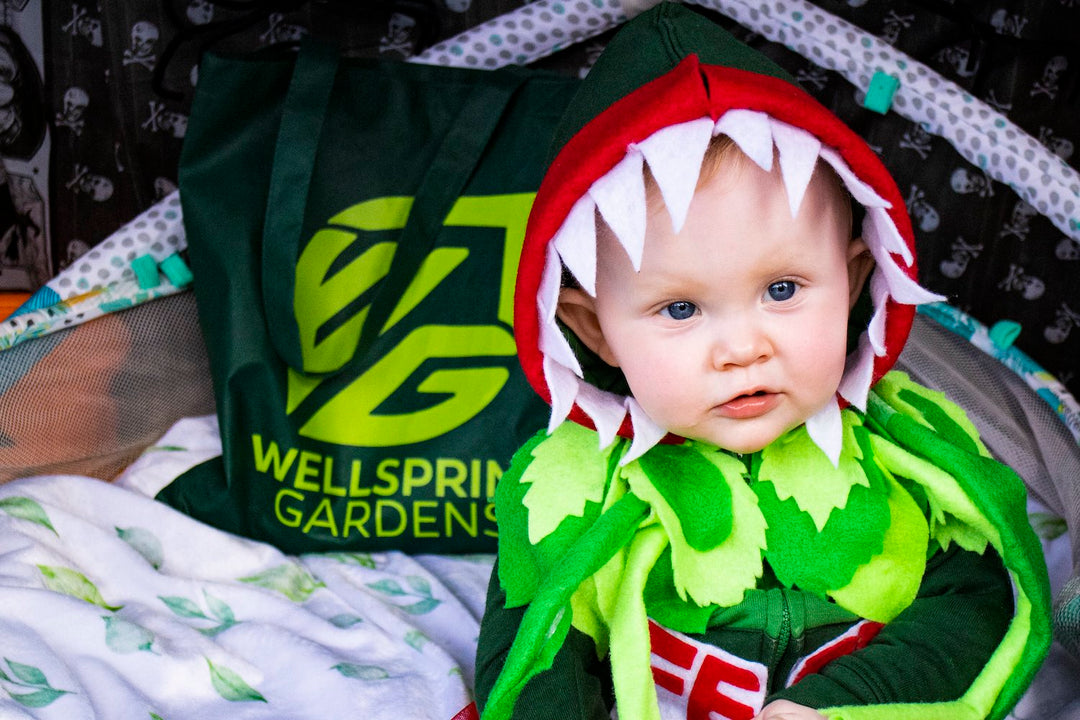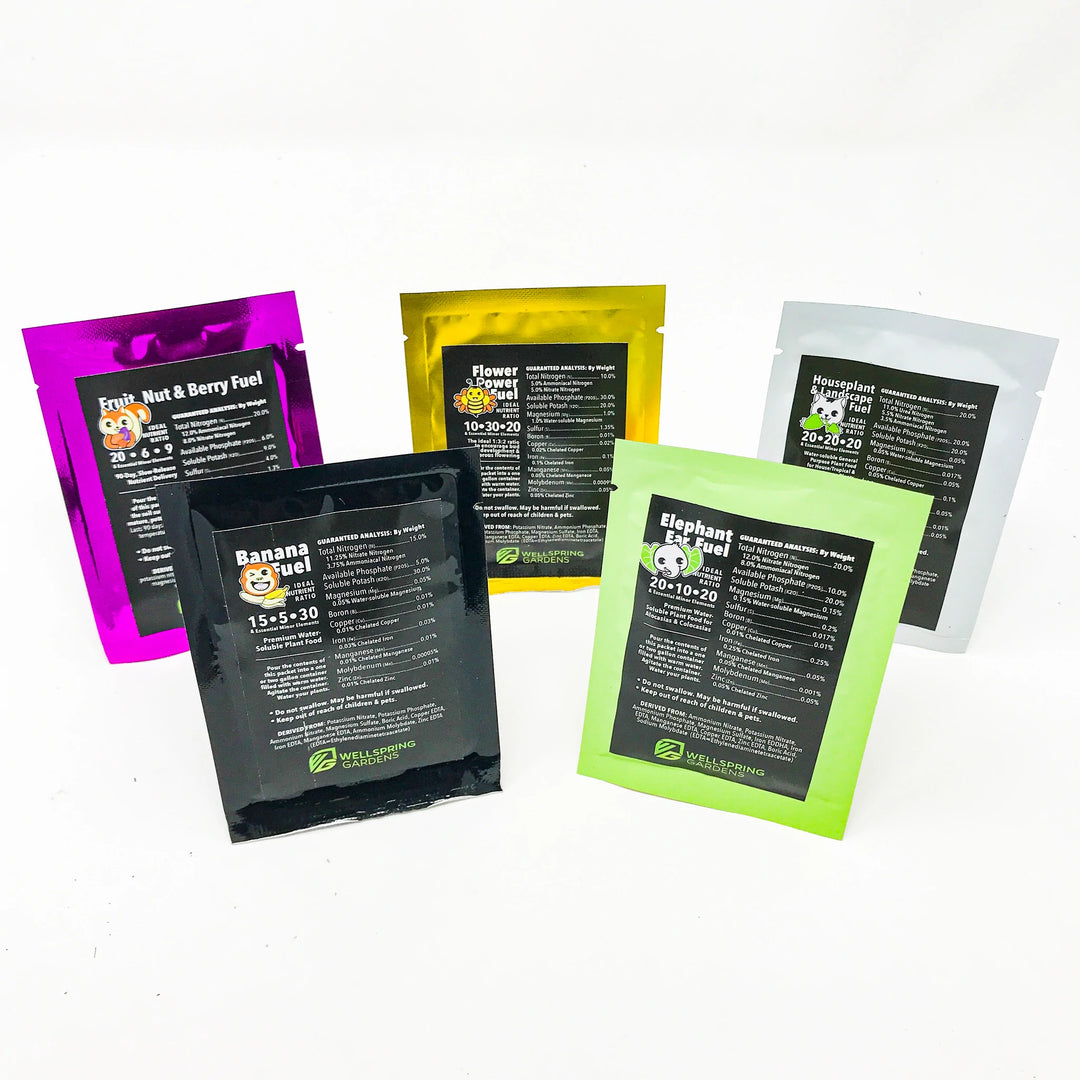Staghorn Fern Care Guide
Congratulations on deciding to become a staghorn fern parent. You may be an avid gardener with a solid green thumb or you may be a first-timer; either way, you are in the right place because raising a staghorn fern is anything but typical. Luckily these deer-antler shaped ferns are actually fairly easy-to-grow if you learn their ways. No matter which of the various types of Platycerium varieties you choose, you’re in for an impressive display with fronds (leaves) that reach record-breaking size, such as Netherlands which grow up to 2-feet long or Elephantotis, which has leaves that can grow up to 4-feet-wide.
Read on to learn what to expect when expecting a staghorn fern baby in your mailbox.
Staghorn ferns are unique.
Staghorn ferns have two types of fronds (fern language for leaf): basal fronds, which develop at the base of the plant, and foliar fronds, which are the more showy, leaf-like foliage that beautifies your garden.

Don’t worry, it’s a staghorn thing.
 Things that may appear like impending death and decay for some plants, are actually good signs for staghorns. One of those misleading appearances is how the basal fronds, also known as shield fronds, start out green and then turn brown as the plant matures. While the browning might seem like your plant is on its deathbed, the fronds are just drying and maturing, which is a very normal part of the growth cycle for staghorns. Brown basal fronds are alive and healthy and should never be removed; they are vital for collecting and retaining water and nutrients for the plant. If you see browning undersides on the foliar fronds, no fear! These are reproductive spores called sporangia–a normal and healthy part of the plant, too.
Things that may appear like impending death and decay for some plants, are actually good signs for staghorns. One of those misleading appearances is how the basal fronds, also known as shield fronds, start out green and then turn brown as the plant matures. While the browning might seem like your plant is on its deathbed, the fronds are just drying and maturing, which is a very normal part of the growth cycle for staghorns. Brown basal fronds are alive and healthy and should never be removed; they are vital for collecting and retaining water and nutrients for the plant. If you see browning undersides on the foliar fronds, no fear! These are reproductive spores called sporangia–a normal and healthy part of the plant, too.

Another aspect of the growth cycle that may seem alarming is a white dust-like coating on the fronds. While it may look like your plant is in need of a good maid, the dust-like residue is not actually dust, but tiny hairs that, like the basal fronds, help your plant collect and retain the moisture it needs. So set your mind at ease if your staghorn fern doesn't look perfectly polished--it's not supposed to. If you have a flawless-looking fern, watch out; it's probably artificial.
Staghorn ferns are clingy.
These one-of-a-kind ferns don’t grow in the ground like most plants; they are known as air plants (epiphytes), which means they grow by clinging to other plants and trees and absorbing water and nutrients from the air. Grown in a pot, the roots may seem shallow, but the plant is not meant to stay in a small pot. Get your starter plant from us and then mount it on a board or pot in a hanging basket for an impressive display. Once this epiphyte attaches its roots to its new home, it will get settled and snuggled in tight.

Care for your staghorn fern.
- Fertilizer: Use a 1:1:1 ratio monthly during the warm growing season and every other month when temperatures cool down. Once mature, fertilization isn’t necessary but a staghorn could benefit from fertilization once or twice a year.
- Soil: Staghorn ferns like well-drained soil so they don’t get waterlogged.
- Water: Water once a week when the weather is warm and dry. Allow to dry out somewhat between watering to keep the roots from rotting. Once cooler temperatures arrive, water less frequently.
- Light: They thrive in mostly shade.
- Cold tolerance: USDA hardiness zone 10 - Staghorn ferns grow really well in the heat and humidity of Florida. Even the mild winters of North and Central Florida can be too much for them, so be ready to provide winter protection for your staghorn unless you happen to live in Miami.






